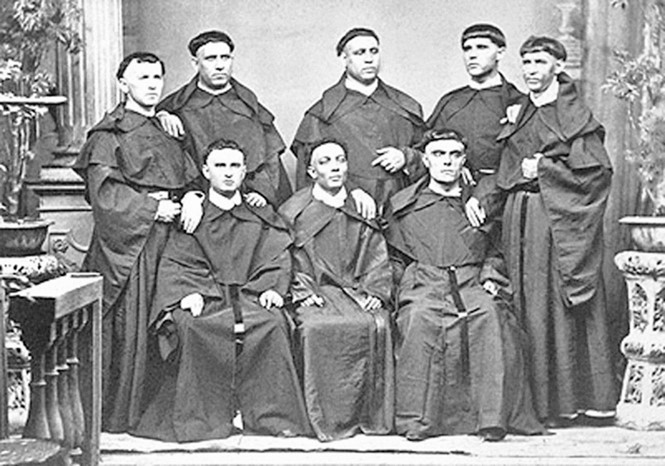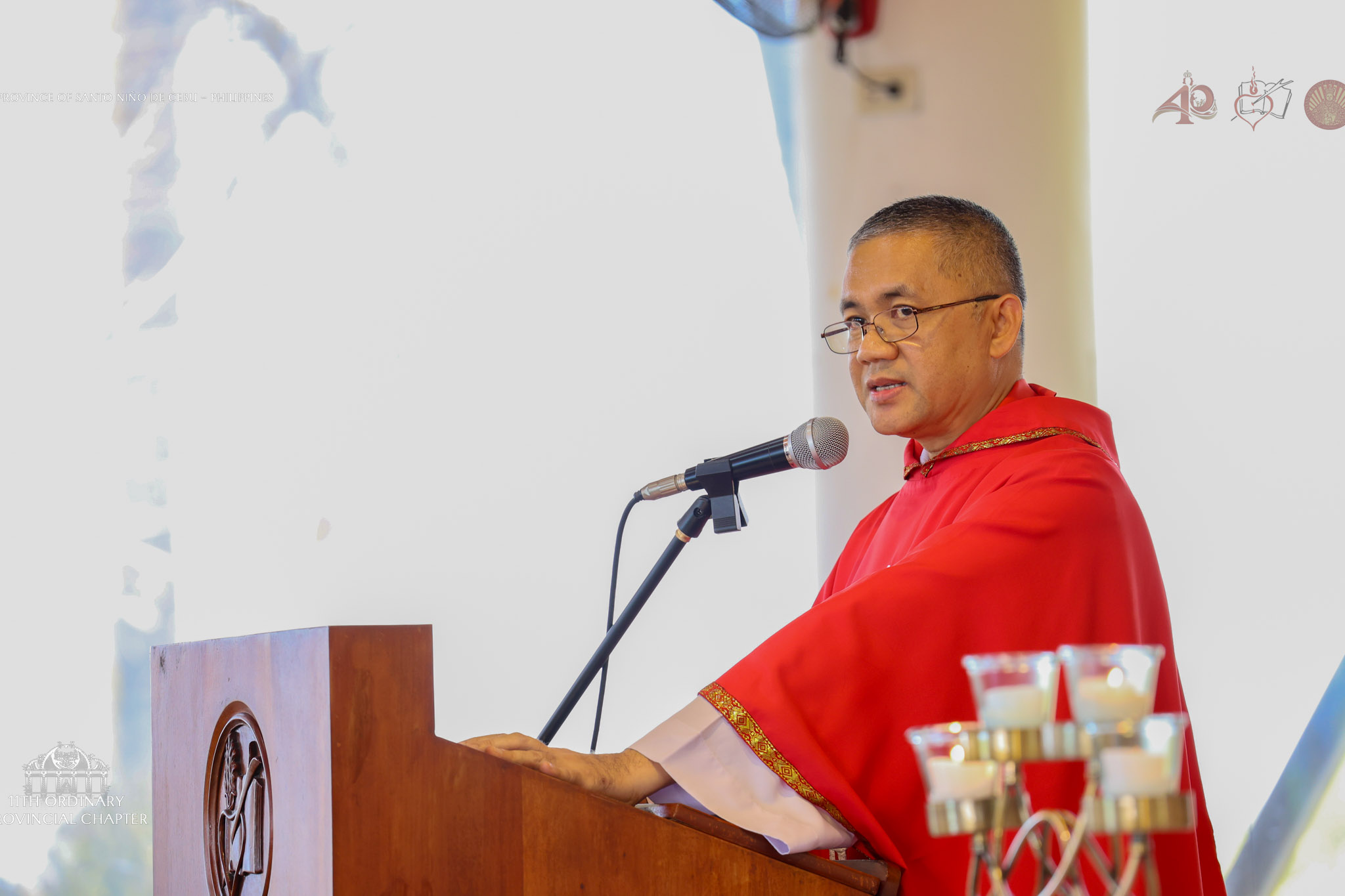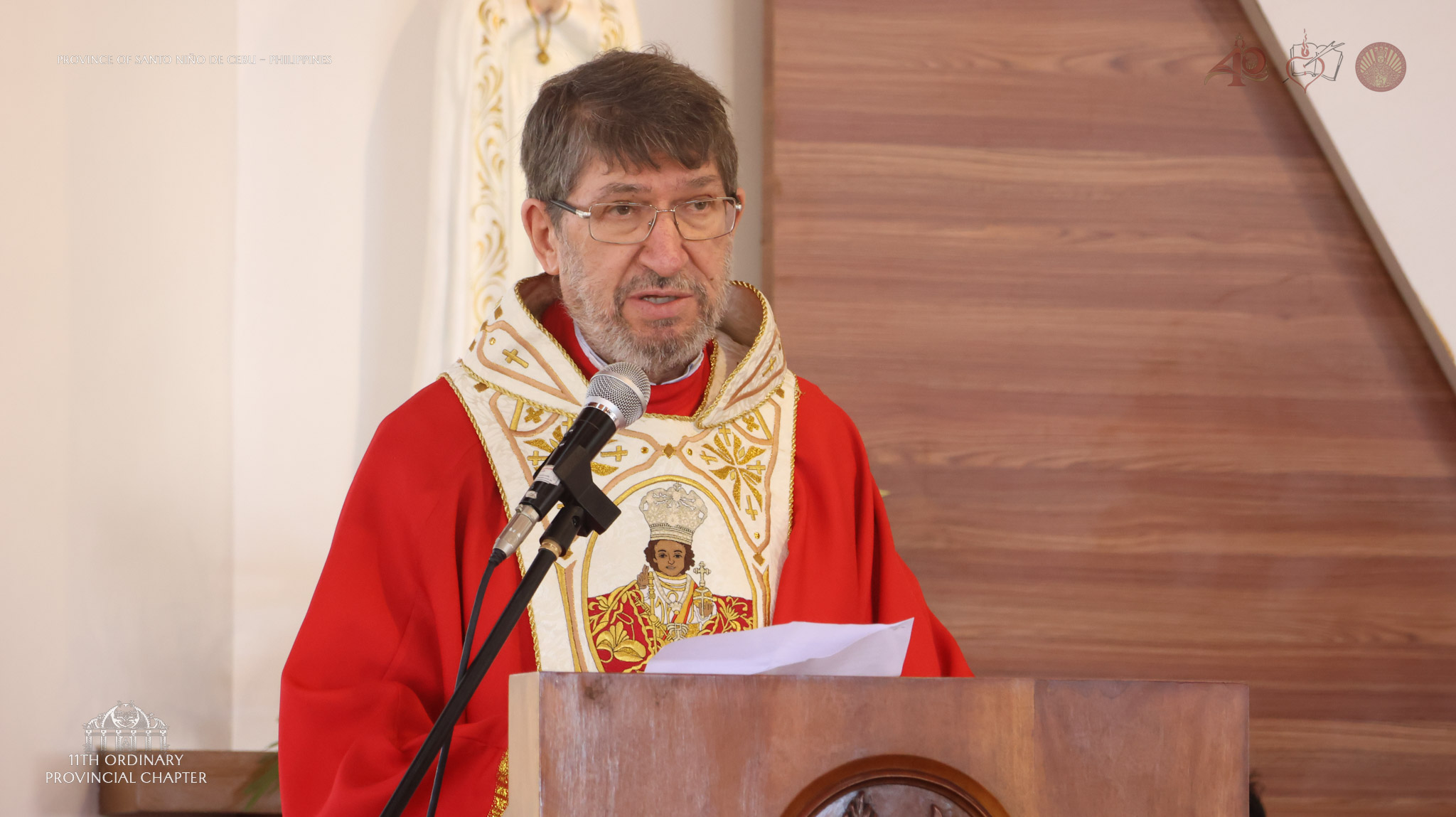What brought the Augustinians to the Philippines? This brief and simple article is an attempt to demonstrate the arrival and to clarify the reasons why the Augustinians came to the country. (This article largely contains excerpts from the History of the Order of St. Augustine written by David Gutierrez.)
The period between about 1500 and 1750 brought a dramatic change in world history. During this time, Christianity became the first religion to spread around the world. Why did this happen? One reason was the energy unleashed by the Reformation and the Counter-Reformation. In particular, much Catholic missionary work grew out of the Counter-Reformation. Religious Orders were dedicated to making converts to Catholicism. The second major reason for the spread of Christianity was the Age of Exploration. By the 1500s, Europeans were traveling by sea to almost every part of the globe. Missionaries followed the European conquerors, traders, and colonists.
In the Order of St. Augustine in the 16th century, it was the Augustinian Province of Castile that aggressively moved and participated in the missionary activity of the Church.1 In the year 1527, when Juan Gallego was elected as Provincial of the said circumscription, he took the initiative to promote missionary activity. For this reason he was also known as the creator of the missionary ideal in the Order. Though he was tasked to lead the first Augustinian missionary to Mexico, he was not able to carry this out for he died in 1534.2
After some time of studies and application to obtain the necessary permission, seven religious men (Augustinians) were appointed to initiate this new endeavour. They were “all men of great intelligence and talent and almost all of recognized holiness.”3 They embarked at Seville on March 3, 1533 and arrived in Mexico on June 7 of the same year where they were welcomed as guests by the Dominicans for more than a month until they had their own house.
Preceded by the Franciscans and the Dominicans in mission, the Augustinians were not well treated by some in the beginning, and although defended by the first archbishop of Mexico and the Viceroy, they had to extend their efforts to regions not occupied by their Spanish co-laborers. Adding to their work of Christianizing, the missionaries committed themselves to an intense humanitarian and socio – cultural program from the beginning. Mexico served as a base of operations for missionaries in this century, and what have been mentioned about evangelizing, humanitarian and cultural work in Mexico also applies to the Augustinian missions in Latin America and the Philippines.
On first attempt on November 1, 1542, the Augustinians travelled from Mexico to the Philippine Islands. They stayed for a short time and did not establish any missions at that time.4
On September 24, 1559, King Philip of Spain wrote a letter to Andres de Urdaneta, a former captain in his father’s service and later an Augustinian friar, asking him to take part in the expedition which was to sail from Mexico “to discover the islands of the setting of the sun.” The King added: “according to the great knowledge which you say you have about the things of that land, and understanding as you do about navigation, and being a good cosmographer, it would be of great importance that you should set out in those aforesaid ships, to see what you may discover for your expedition and for the service of our Lord.” With this letter, the king sent another to the Provincial of the Augustinians in Mexico informing him of the content of the letter to Urdaneta. The king also expressed his wish that the Provincial send other Augustinians along with Urdaneta, that they might start Christianizing the islands that they would discover.5 Thus, the first five famous Augustinians joined the expedition and set sail for the Orient.6
They all arrived to the island of Cebu on April 27, 1565. On May 5, they began the construction of the first foundation which the missionaries dedicated to the Child Jesus, in honor of the statue of our Saviour which Pigaffeta, the historian of Magellan’s expedition, had given to the ruler of Cebu and his wife in 1521, and which the Augustinians found upon their arrival. As to date, the Augustinians have been in the Philippines for 470 years.
Jürgen Moltmann once said: “Historical awareness differentiates between the present past and the past present, and puts us in the position to discover the future in the past, to pick up past possibilities again to link them with the present future.”7 fr. ericson borre, osa.
END NOTES:
1 Rano, Balbino, The Order of St. Augustine, 1975, 94.
2 Gutierrez, David, History of the Order of St. Augustine. Vol. II, (Pennsylvania: Augustinian Historical Institute, 1979), 207.
3 Kavanagh, Denis, The Augustinian Order, (Pennsylvania: Villanova Press, 1965), 59.
4 It was not until twenty years later that the Augustinians established themselves in the Philippines. Rano, p. 96.
5 Gutierrez, p.221.
6 The goal was not the archipelago named after Philip II, but rather China which the missionaries of Mexico were gazing in 1543.
7 Moltmann, Jürgen, Paradigm Change in History, (New York: Crossroad Publishing Co., 1991), 321.
Note: This article was published the in the “In Deum” of the San Agustin Center of Studies, the seminary’s official journal magazine.



